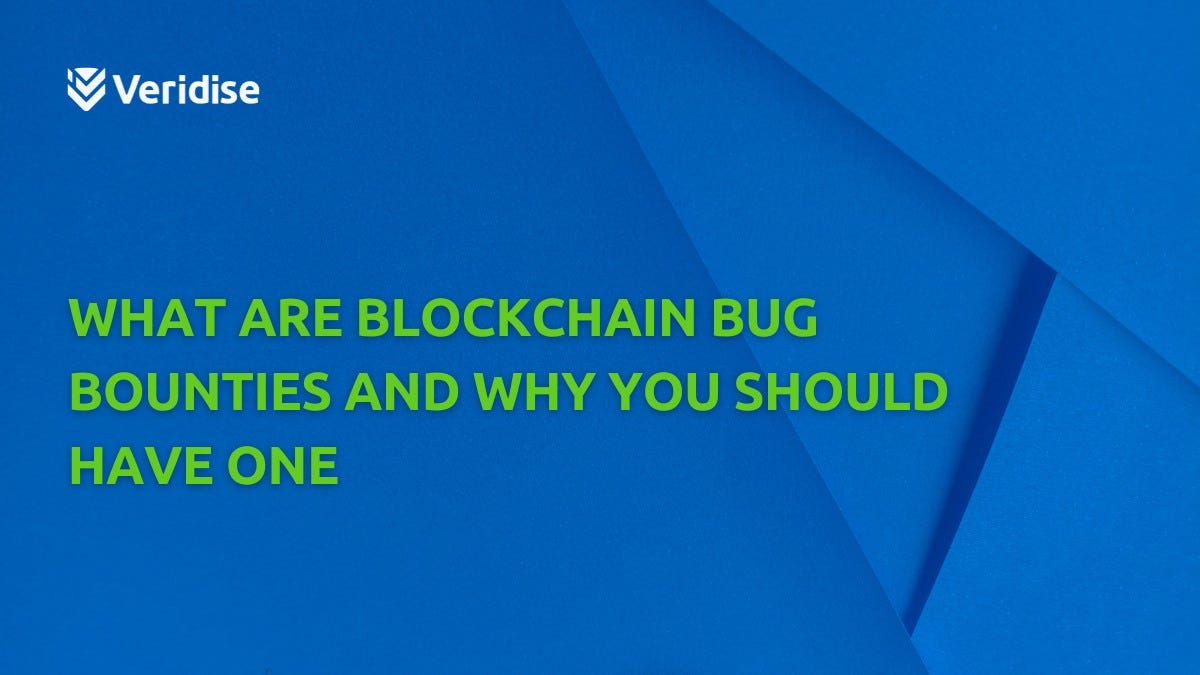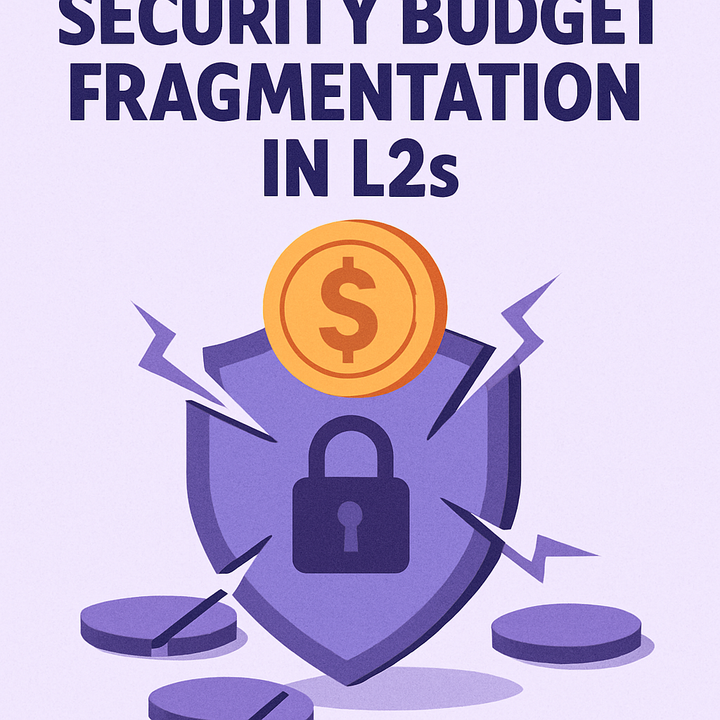Web3 Security: The Importance of Audits, Bug Bounties, and Best Practices

The rise of Web3—a decentralized internet powered by blockchain technology—has opened doors to transformative opportunities, from decentralized finance (DeFi) to non-fungible tokens (NFTs) and decentralized autonomous organizations (DAOs). Yet, as innovation flourishes, so do the risks. The Web3 ecosystem, built on smart contracts and decentralized protocols, has become an attractive target for hackers seeking to exploit vulnerabilities for financial gain. High-profile hacks, such as the $600 million Poly Network exploit in 2021 and the $325 million Wormhole bridge attack in 2022, highlight the urgent need for robust security measures. To safeguard the ecosystem, Web3 projects must prioritize smart contract audits, bug bounties, and the development of secure protocols.
The Growing Need for Web3 Security
Web3’s decentralized nature brings both empowerment and unique security challenges. Unlike centralized systems, where a single entity can patch vulnerabilities, Web3 relies on immutable smart contracts—self-executing code on the blockchain. Once deployed, these contracts are difficult or impossible to alter, making pre-deployment security critical. Furthermore, the financial stakes are high. DeFi protocols alone locked over $80 billion in total value as of early 2025, according to DeFiLlama, making them prime targets for attackers. The pseudonymous nature of blockchain transactions adds to the complexity, allowing bad actors to exploit vulnerabilities with relative anonymity.
The consequences of security failures are severe: exploits erode user trust, destabilize protocols, and result in significant financial losses. For Web3 to achieve mainstream adoption, projects must demonstrate reliability and safety. This requires a multi-layered approach to security, combining rigorous audits, incentivized bug hunting, and adherence to best practices in protocol development.
Smart Contract Audits: The First Line of Defense
Smart contract audits are fundamental to Web3 security. These audits involve expert third-party firms, such as Trail of Bits, OpenZeppelin, or ConsenSys Diligence, meticulously reviewing a project’s code to identify vulnerabilities, logic errors, or exploitable flaws. Common risks examined include reentrancy attacks (where a function can be repeatedly called to drain funds), integer overflows, and improper access controls.
Given the complexity of smart contracts, which often manage millions of dollars in assets, audits are indispensable. According to a 2023 report by Chainalysis, 60% of DeFi hacks were caused by coding errors that could have been detected through audits. For example, the 2022 Nomad bridge hack, which resulted in a $190 million loss, stemmed from a flawed upgrade process that an audit could have flagged.
That said, audits are not foolproof. They offer a snapshot of a contract’s state at a specific point in time and may miss vulnerabilities introduced in later updates. To maximize the effectiveness of audits, projects should:
- Engage reputable auditors with blockchain expertise.
- Conduct multiple audits for complex protocols.
- Audit not only the initial codebase but also any upgrades or integrations.
- Make audit reports publicly available to build trust.
Despite their costs—ranging from $10,000 to $100,000 depending on complexity—audits are a small price to pay compared to the potential losses from an exploit.
Bug Bounties: Crowdsourcing Security
While audits provide a solid foundation, they can't catch every vulnerability. Bug bounties serve as a complementary measure by incentivizing the global hacker community to identify and report flaws in exchange for rewards. Platforms like Immunefi and HackerOne have become hubs for Web3 bug bounty programs, with payouts ranging from a few thousand dollars for low-severity issues to millions for critical vulnerabilities.
Bug bounties leverage the "many eyes" principle, tapping into diverse skill sets that might uncover issues missed by auditors. For example, in 2022, a white-hat hacker earned $2 million through Immunefi for identifying a critical vulnerability in a DeFi protocol before it could be exploited. Since its inception, Immunefi alone has facilitated over $100 million in bounty payouts, preventing billions in potential losses.
Effective bug bounty programs require:
- Clear rules and scope, specifying which components (e.g., smart contracts, front-end interfaces) are eligible.
- Tiered rewards based on severity, ensuring that critical bugs receive substantial payouts.
- Safe harbor agreements to protect ethical hackers from legal repercussions.
- Timely responses to submissions to maintain trust within the hacker community.
By crowdsourcing security, bug bounties create a dynamic, evolving defense mechanism that adapts to emerging threats.
Developing Secure Protocols: Best Practices
Beyond audits and bug bounties, Web3 security depends on developing secure protocols from the outset. Many vulnerabilities arise from poor design choices or failure to follow best practices. Projects can mitigate risks by adhering to these principles:
- Follow Established Standards: Use battle-tested frameworks like OpenZeppelin’s contract libraries, which offer secure, audited templates for common functionalities (e.g., ERC-20 tokens, access control).
- Minimize Complexity: Simple code is easier to audit and less prone to errors. Avoid over-engineering or unnecessary dependencies.
- Implement Access Controls: Use multi-signature wallets and role-based permissions to limit who can execute critical functions, such as upgrading contracts or withdrawing funds.
- Test Extensively: Employ unit tests, integration tests, and fuzzing to simulate edge cases and attack vectors. Tools like Foundry and Hardhat help streamline this process.
- Plan for Upgrades: Design contracts with upgradeability in mind, using patterns like proxies, but ensure upgrades are governed securely (e.g., via timelocks or DAOs).
- Monitor and Respond: Deploy real-time monitoring tools like Forta or The Graph to detect suspicious activity. Establish incident response plans to mitigate damage if an exploit occurs.
Education is also vital. Developers must stay informed about common vulnerabilities, such as those listed in the OWASP Smart Contract Top 10, and learn from past exploits. Community-driven resources like Ethereum’s security best practices or Solidity documentation are invaluable.
Challenges and the Path Forward
Despite these measures, Web3 security faces ongoing challenges. The rapid pace of development often pressures teams to prioritize speed over security, leading to rushed deployments. Additionally, the open-source nature of many protocols, while promoting transparency, allows attackers to scrutinize code for weaknesses. Cross-chain bridges and layer-2 solutions, which connect disparate blockchains, add complexity and risk, as demonstrated by the 2022 Ronin Network hack ($620 million).
To address these challenges, the Web3 community must foster a security-first culture. This includes:
- Standardizing audit and bounty requirements for projects seeking investment or listings on exchanges.
- Promoting collaboration between projects, auditors, and researchers to share threat intelligence.
- Supporting initiatives like the Ethereum Foundation’s security grants or Immunefi’s vulnerability disclosure programs.
- Educating users about risks, such as phishing scams or unverified contracts, to reduce human error.
Conclusion
Web3’s promise of a decentralized, user-controlled internet relies heavily on trust, and trust hinges on security. Smart contract audits catch vulnerabilities early, bug bounties harness global expertise to uncover hidden flaws, and secure protocol development ensures long-term resilience. Together, these practices create a robust defense against evolving threats.
As the stakes grow higher, projects that prioritize security will distinguish themselves as leaders, attracting users and capital while driving the vision of a safer, more decentralized future. For Web3 to thrive, security must be a core pillar of innovation, not an afterthought. By investing in audits, bug bounties, and best practices, the Web3 community can build a foundation capable of withstanding the challenges ahead.
References














Comments ()